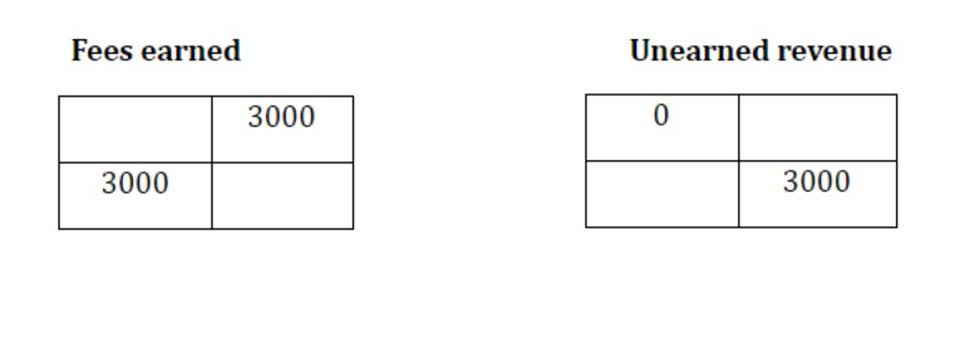
Some businessmen hold the view that to make an overall profit, they must make a profit on every job. Consequently, they refuse orders that do not cover full cost (labor, materials and overhead) plus a provision for profit. Incremental reasoning indicates that this rule may be inconsistent with profit maximization in the short run. A refusal to accept business below full cost may mean rejection of a incremental cost possibility of adding more to revenue than cost. Incremental analysis models include only relevant costs, and typically these costs are broken into variable costs and fixed costs.

The Difference Between Cost vs. Price
Remember, comparing benefits and costs is not a one-size-fits-all approach. The importance of each factor may vary depending on the specific context and goals of the decision-maker. By carefully considering all relevant aspects and using appropriate analytical tools, you can make well-informed decisions that align with your objectives. But if the per-unit cost or average cost is decreasing by incurring the incremental cost, the company might be able to reduce the price of the product and enjoy selling more units. Such companies are said to have economies of scale, whereby there is some scope available to optimize the utility of production.

Incremental Cost Vs Incremental Revenue

In summary, while incremental costing provides valuable insights, decision-makers must recognize its limitations. Combining it with other decision tools and considering a holistic view ensures better-informed choices. Remember, every decision involves trade-offs, and understanding these limitations enhances our decision-making process. Remember, identifying relevant costs requires a holistic approach, considering both short-term and long-term implications. By mastering this skill, decision-makers can make informed choices that maximize value and drive success.
What Do Incremental Costs Include?
They need to weigh the additional costs (specialized equipment, staff training, and patient care) against the incremental benefits (better patient outcomes, reputation, and potential referrals). By focusing on the changes brought about by a specific choice, managers can evaluate options objectively. Whether it’s a small operational decision or a major strategic move, incremental analysis helps navigate the complexities of business with clarity and precision. Remember, the devil is in the details, and incremental analysis helps uncover those crucial details that drive smart decisions. In the above formula, the total cost of increased production refers to the previous volume and the new units added to it. However, none of it will include the fixed payroll costs since they will not change due to volume fluctuation.
Incremental Costing: How to Calculate and Compare the Incremental Costs and Benefits of Different Options
- For example, producing even one extra widget would cause a tiny bit extra wear and tear on the machine.
- A long run incremental cost (LRIC) refers to the changing costs that a company can somewhat foresee.
- Incremental cost is calculated by analyzing the additional expenses involved in the production process, such as raw materials, for one additional unit of production.
- As a simple figure, the incremental cost of a widget would be the wages for the employee for an hour plus the cost of the materials needed to produce a widget.
- We follow a strict editorial policy, ensuring that our content is authored by highly qualified professionals and edited by subject matter experts.
Incremental cost is the cost incurred due to an additional unit of a product being produced. This is the increase/decrease in the cost of producing one more additional unit or serving one more additional customer. It also helps a firm decide whether to manufacture a good or purchase it elsewhere. It also takes into account sunk, or non-relevant costs, and excludes those from analysis. Suppose a company wants to reduce its carbon footprint by switching to renewable energy sources. They need to compare the additional costs (solar panels, wind turbines, and grid integration) against the incremental benefits (lower energy bills, positive brand image, and environmental impact).

Assumptions form the foundation of any analysis, and it is crucial to make reasonable and justifiable assumptions. These assumptions provide a framework for our calculations and help us make informed decisions. However, it is essential to recognize that assumptions are simplifications of reality and may introduce uncertainties into our analysis.
What Is the Benefit of Incremental Analysis?
- Incremental cost is the total cost incurred due to an additional unit of product being produced.
- Therefore, for these 2,000 additional units, the incremental manufacturing cost per unit of product will be an average of $20 ($40,000 divided by 2,000 units).
- Incremental costs can include several different direct or indirect costs, however only costs that will change are to be included.
- The incremental cost of $20,000 seems justified given the potential benefits.
- The reason why there’s a lower incremental cost per unit is due to certain costs, such as fixed costs remaining constant.
If the total production cost for 9,000 widgets was $45,000, and the total cost after adding the additional 1,000 units increased to $50,000, the cost for the additional 1,000 units is $5,000. The use of incremental analysis can help businesses identify the potential financial outcomes of one business action or opportunity compared to another. With that information, management can make better-informed decisions that can affect profitability. In each of these scenarios, incremental costing provides a structured approach to decision-making. By considering both costs and benefits, organizations can make informed choices that align with their objectives. Remember, the devil is in the details, and incremental analysis helps uncover those hidden insights.
Long Run Incremental Cost (LRIC) vs. Marginal Cost
However, the $50 of allocated fixed overhead costs are a sunk cost and are already spent. The company has excess capacity and should only consider the relevant costs. Therefore, the cost to produce the special order is $200 per item ($125 + $50 + $25). Ultimately, a thorough understanding of incremental cost empowers businesses to make well-informed decisions that can positively impact their bottom line. Companies invest in marketing campaigns to promote their products or services.

- Or, the incremental cost of shutting down a production line includes the costs to lay off employees, sell unnecessary equipment, and convert the facility to some other use.
- Previously made purchases or investments, such as the cost of a plot of land or the cost of building a factory, are referred to as sunk costs and are not included in long run incremental cost predictions.
- Since incremental costs are the costs of manufacturing one more unit, the costs would not be incurred if production didn’t increase.
- A very simple example would be a factory making widgets where it takes one employee an hour to make a widget.
- From a managerial perspective, incremental costing provides valuable insights into the cost-effectiveness of different options.
Incremental costs are also used in the management decision to make or buy a product. Some custom products might not https://www.bookstime.com/ be readily available for the business to buy, so the business has to go through the process of custom ordering it or making it. Incremental cost is the total cost incurred due to an additional unit of product being produced. In addition to incremental and average costs, many economists today also like to consider the concept of the “actual” cost. In an actual cost, we consider things like societal or environmental costs suffered by the community because of some form of production.
